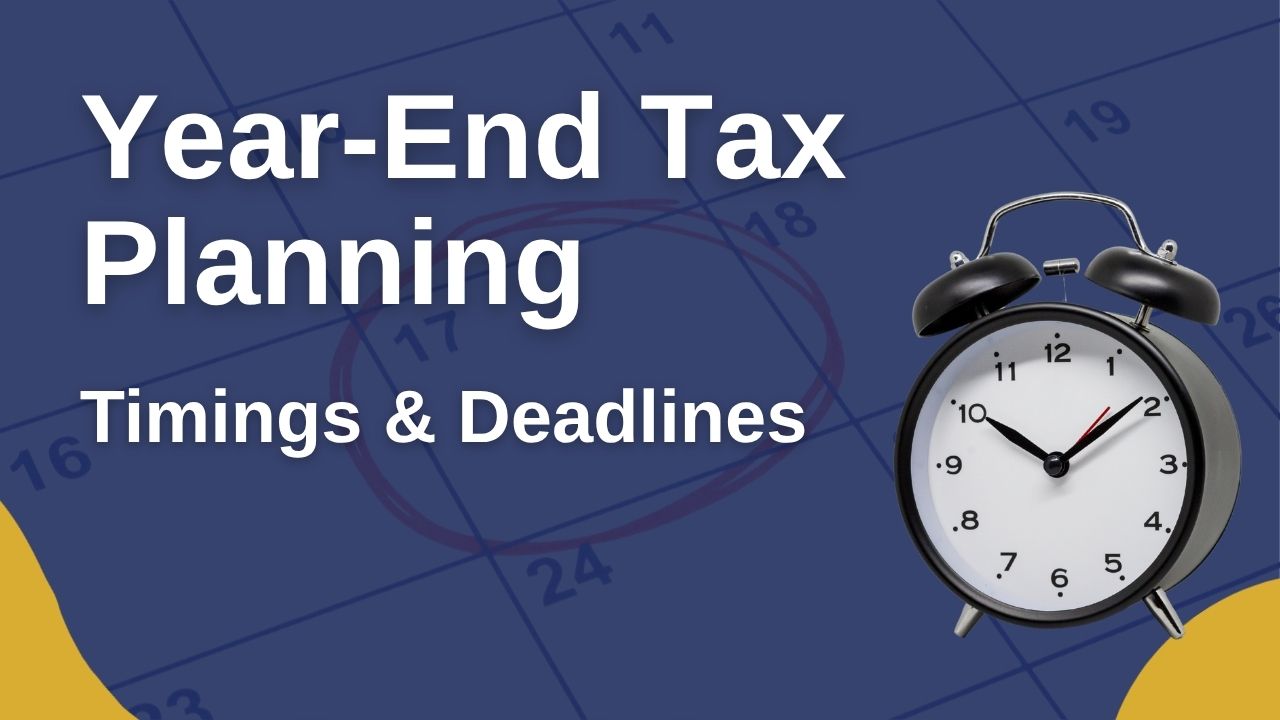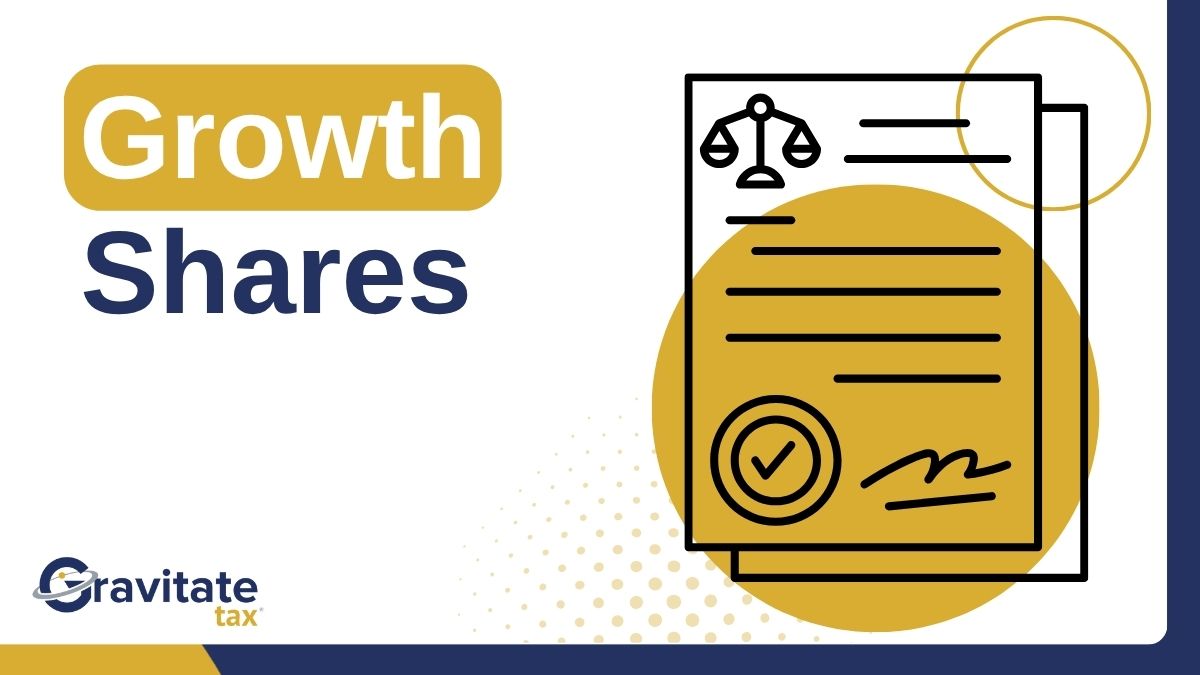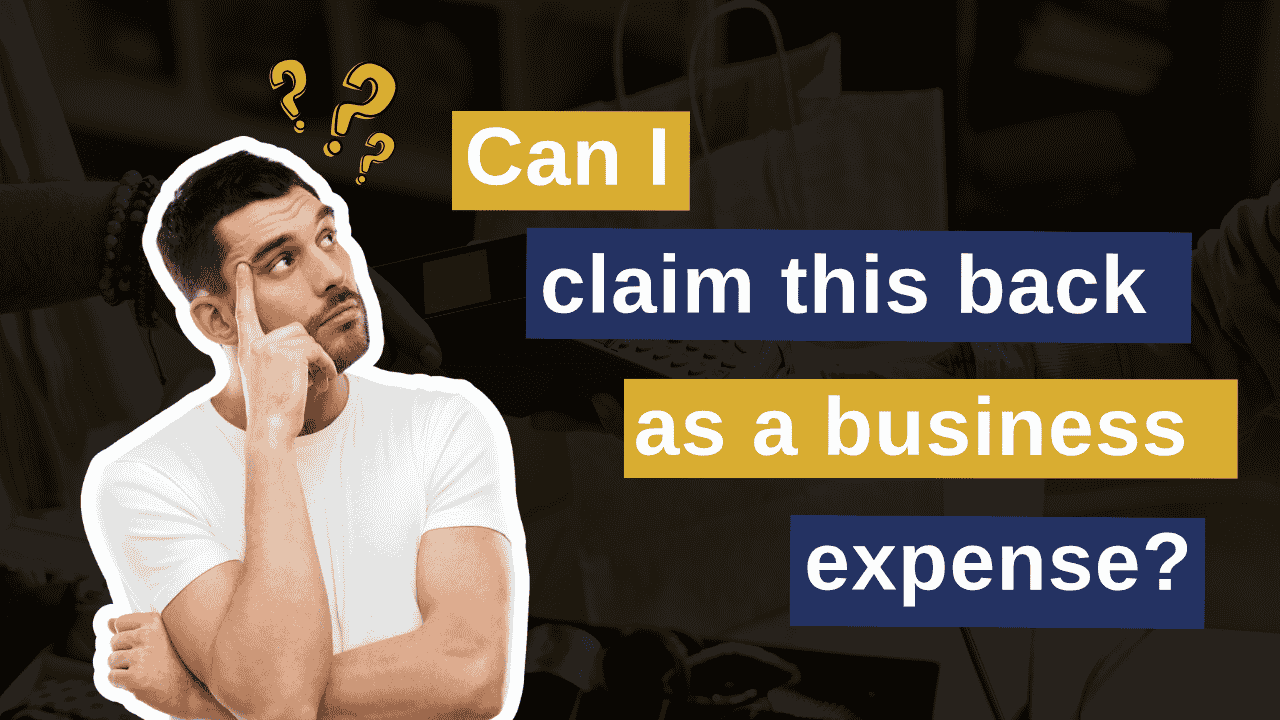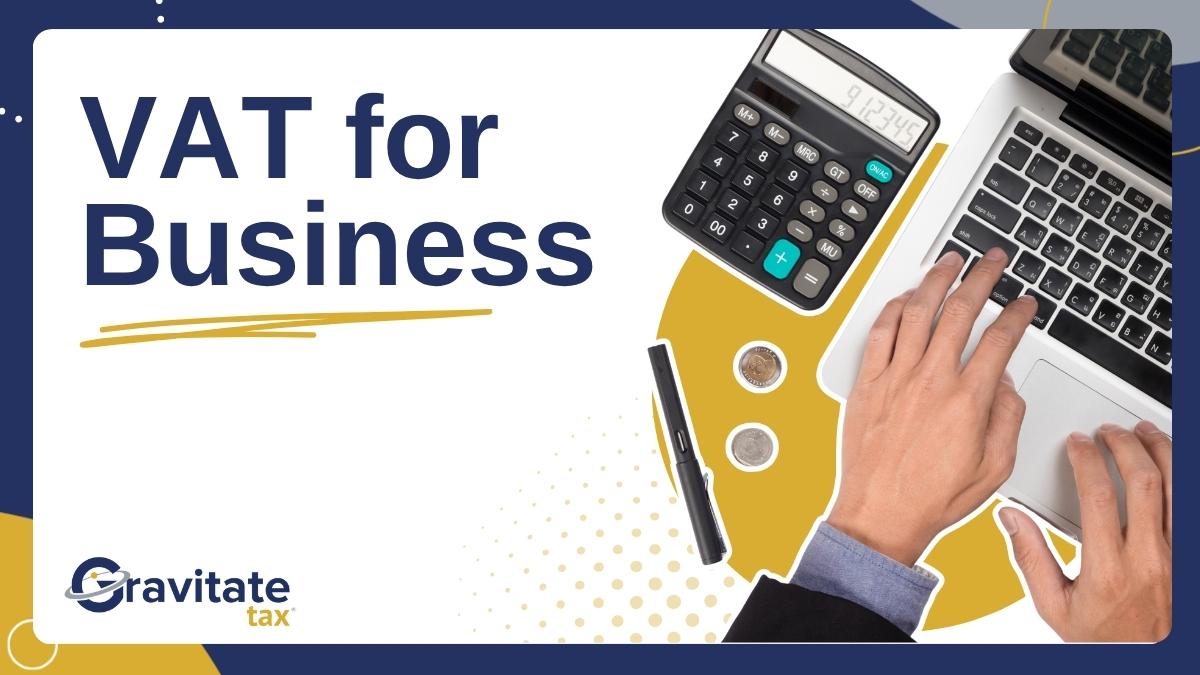What is currency risk?
Also known as exchange rate or foreign exchange (FX) risk, it's the risk that exchange rate fluctuations can affect a firm's future cash flows and profitability.
Any company or organisation operating internationally, whether through the supply chain, global sales, or investments, is likely to be exposed to currency risk.
If unmitigated, the impact of FX risk can be disastrous to a business's financial health and future prospects. Currency markets can be highly volatile, making it essential to effectively manage currency risk.
Currency hedging isn’t as hard as you think
Many people think that currency hedging is a complex, sophisticated business, but it really needn’t be. Sure, there are endless ways that we can complicate things, but my job is to simplify things and distil esoteric, elaborate, and difficult topics and ideas into something palatable and easy to understand.
There are two main types of FX trade that you are likely to come across. There are more but, let’s focus on these two for now:
Spot Contract
For immediate settlement, the rate is agreed at the point of execution and delivery of funds is made straight away, with most currencies available to settle on the same day. Spot contracts are used to make payments or to exchange currencies at the prevailing spot exchange rate.
Forward Contract
For future settlement, the rate is agreed at the point of execution but delivery of funds is scheduled for a future date or within a date range. Forward contracts allow businesses to secure exchange rates as a means of protecting from adverse currency movements. You pay for the funds when you use it, not up-front!
A lot of businesses will use a combination of spot and forward contracts, for a variety of reasons. Relatively unsophisticated FX advisors will suggest a blend to give a balance of protection and market opportunity, but this really misses the point, and implies to clients that market opportunities is a strategy worth pursuing. In the very short-term, it might be, but longer-term it’s a bad idea.
How much, how far, how often?
These are the basic questions that you should seek to find an answer to, and the answer could be an approximation or a range, if that’s easier or gives you the flexibility you need.
How much?
If you have nailed-on, guaranteed contracts, then hedging up to 100% of your forecasted cash flow might make sense. For most, it doesn’t.
There is method in hedging 50% of a forecast – even though I rarely advise it –, it’s obvious that the business hedging 50% will be 50% insulated against market movements. They will only feel the pain or take the benefit of half of any market movement. This is a very simple way of cutting your FX risk in half, but it probably isn’t the most efficient approach.
How far?
You should hedge to a date/period that makes sense for your business. Think about your stock/inventory cycle, your pricing strategy and cycle, contract milestones, payment terms etc., and you will come up with a hedging period that will work. There may be a cost or an advantage to hedging to different contract lengths, so speak to a specialist about this.
How often?
My advice is to look for a simple solution. Of course, the higher frequency of trading, the more likely it is that you will achieve a smoother realised FX rate over time, but you need to balance FX decisions with everything else you’re doing. I like the idea of FX being “a ten-minute conversation once a month” – I say that a lot to clients and prospects, and it’s broadly what we aim for.
Hedging Strategies
Nowhere explains this better than our website, so I’ll rip some info straight from there, and you can read more for yourself here.
Static hedging programme
- A 'set and forget' approach
- Often an annual hedge against the FY budget
- Arguably inflexible in its simplicity
- More dynamic when using currency options

Rolling hedging programme
- Hedging a fixed amount to a future date
- Then periodically repeating and extending
- This ensures a constant hedge ratio over time
- Achieved rates are somewhat smoothed

Layered hedging programme
- Hedge ratios are greater for near dates, when visibility and certainty are higher
- Regular top-ups to maintain the hedge profile
- Achieved rates are smoothed over time

What’s Best for You?
It really depends on a lot of factors, but it’s fairly likely that doing something is better than doing nothing. I’ll also add here that I regularly tell people not to try to forward book currency as it wouldn’t suit their business!
An experienced currency manager will be able to test a variety of strategies and describe the performance to you in tables, charts, and with their comments. They should be able to do this against past market data (called “back-testing”) and against potential future market movements (called “random walk analysis).
Summary and where to turn for help
Hopefully, that’s given you some inspiration and rudimentary information on where and how to start de-risking your business from potentially damaging currency movements. It’s not rocket science, but you should take care in seeking advice from qualified professionals with a solid reputation in the market, and avoid taking advice from sales-hungry FX brokers!
As a Gravitate client, you’re more than welcome to write to me or pick up the phone for an impartial and expert review of your current arrangements.
You can arrange a call with me, or a member of our team, to take the first step in understanding your currency situation and the impact of any improvements we can suggest.
Write to: info@okumarkets.com
Call us on: 0203 838 0250
Read more: https://okumarkets.com

.png)


.png)

.png)
.png)

.png)
.png)
.png)













.png)
.png)
.png)

.png)
.png)

.png)















.jpg)

.webp)
.png)

.svg)
